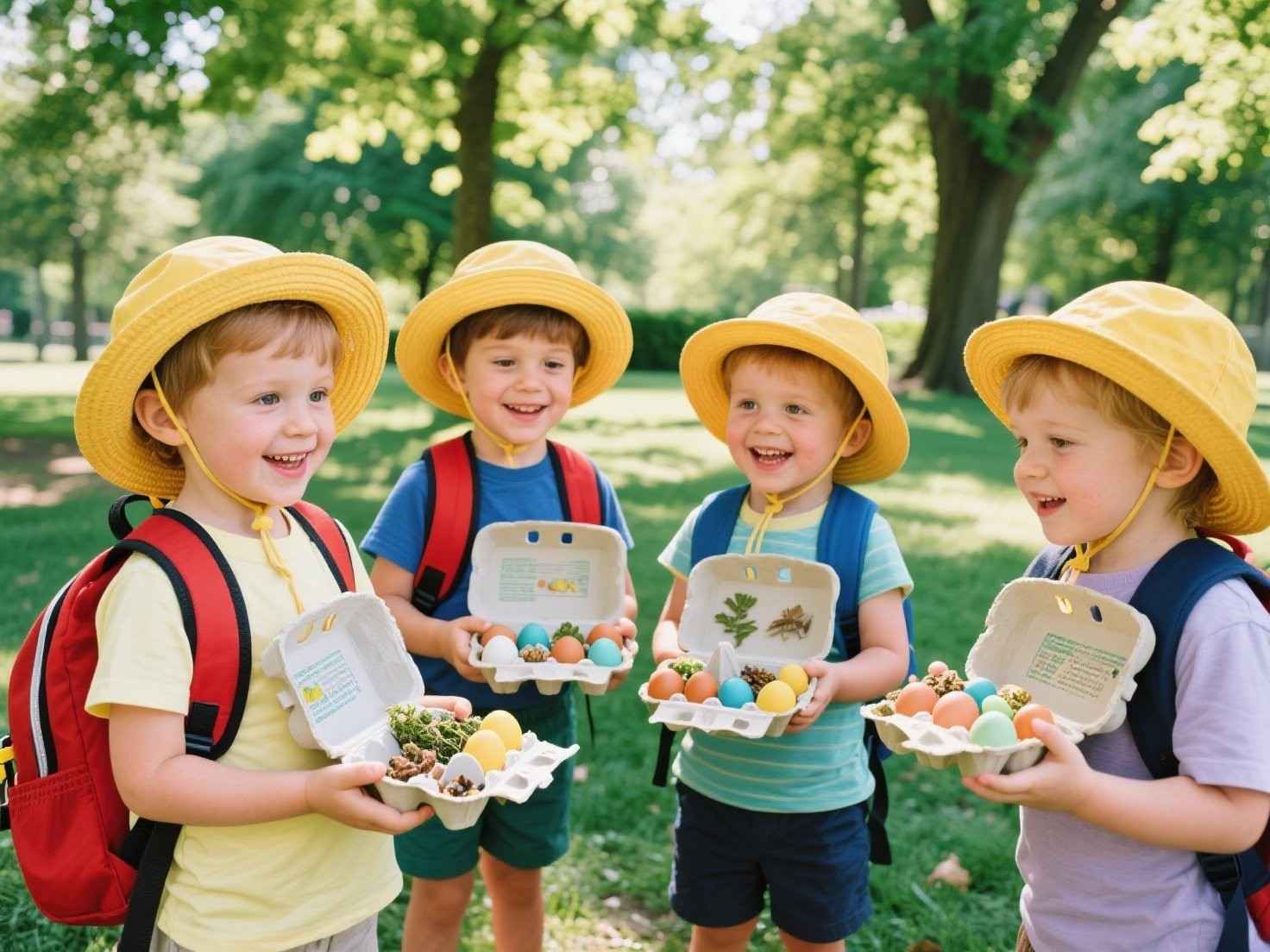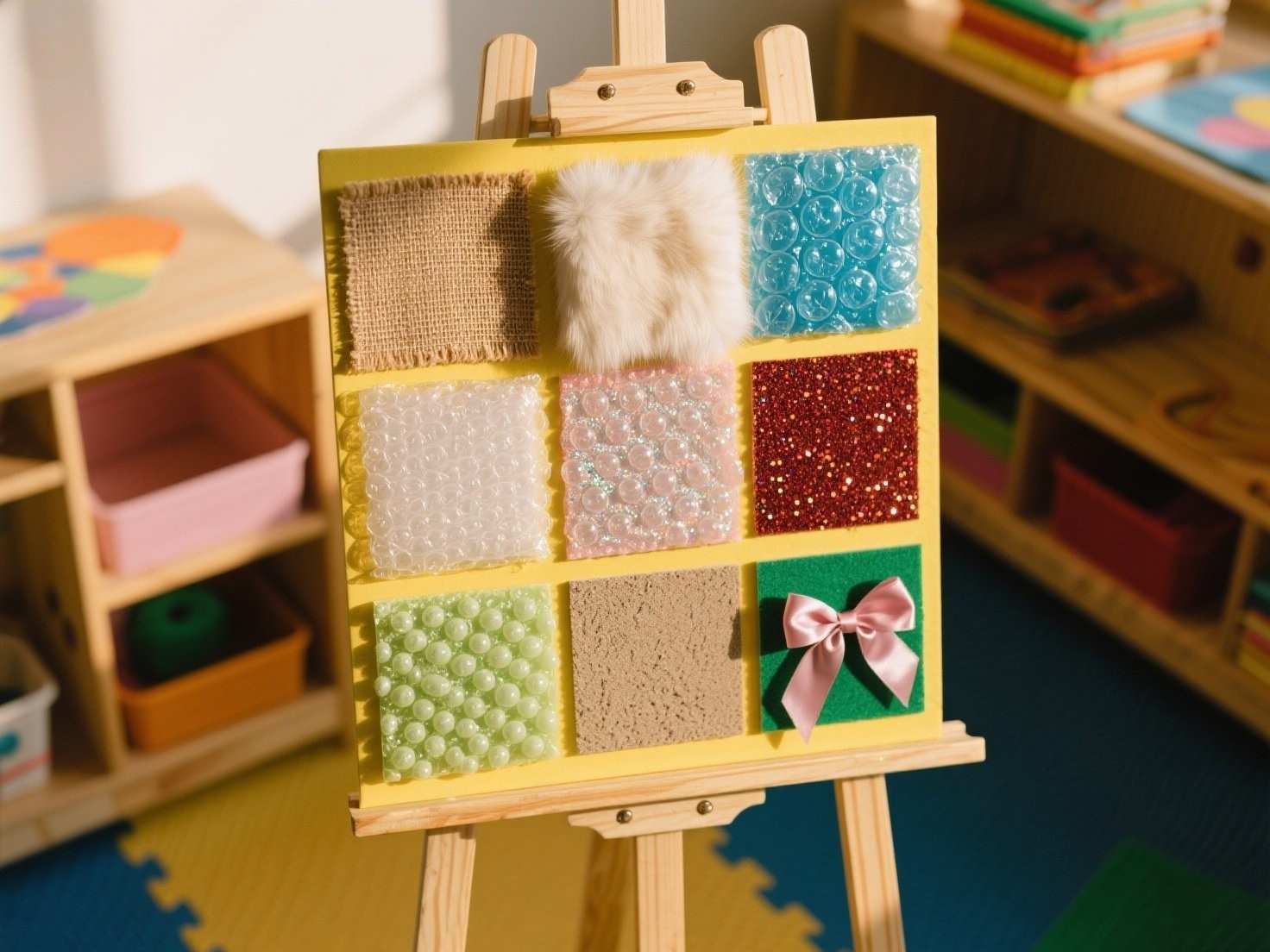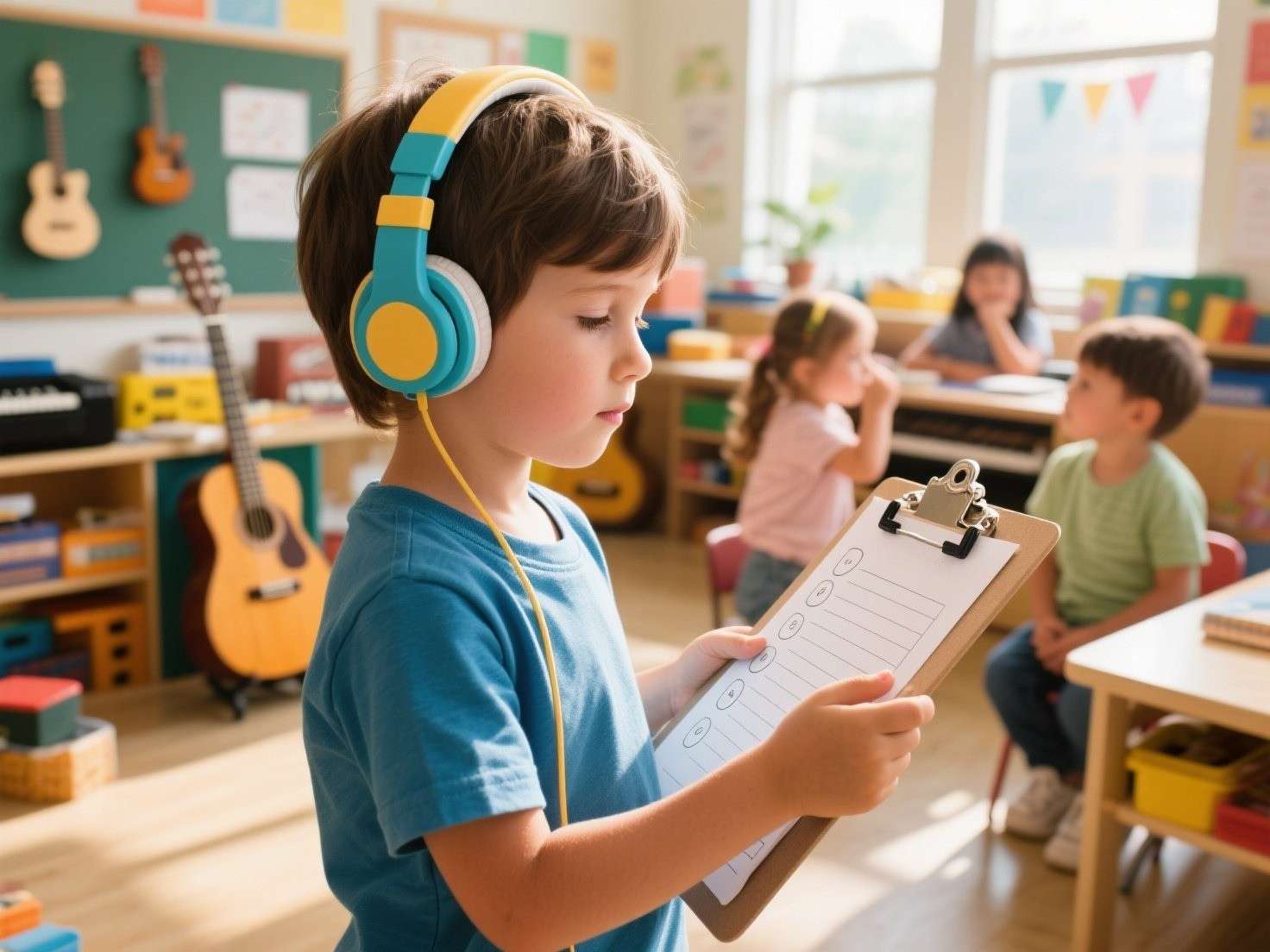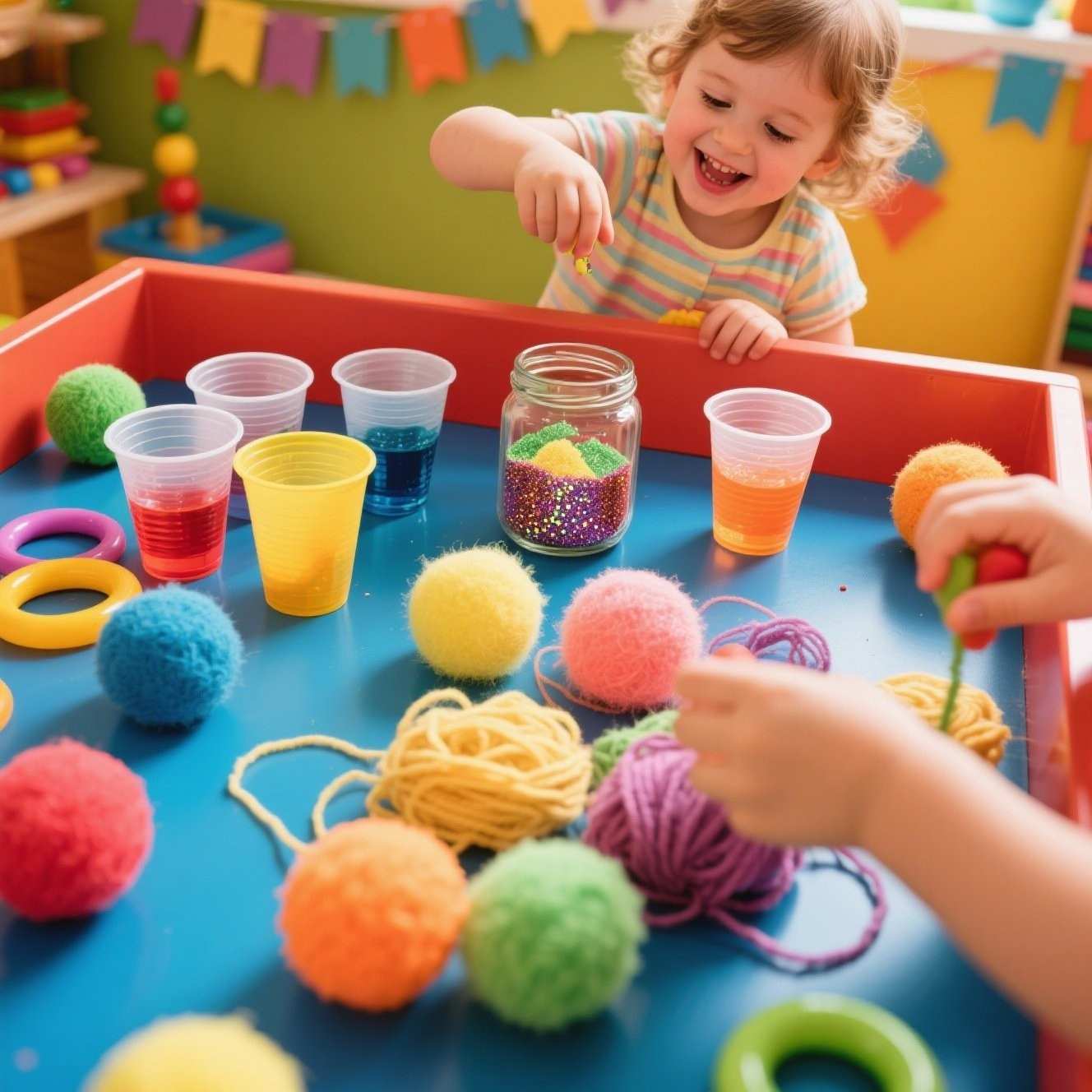Early childhood educators often say the senses are a preschooler’s first classroom. 6 Fun Sensory Activities for Preschoolers to Boost Early Development is more than a catchy headline—it’s a reminder that touch, sight, sound, smell, and taste shape how young brains wire themselves to think, communicate, and solve problems. When children scoop beans through their fingers, stomp barefoot on dewy grass, or compare the crunch of an apple with the squish of a banana, they aren’t “just playing.” They’re strengthening neural pathways that will later support reading comprehension, math reasoning, and even emotional regulation. The six ideas below turn everyday materials into miniature laboratories where curiosity thrives, messes are welcomed, and learning feels like an adventure rather than a worksheet. Whether you’re a teacher filling a weekly lesson plan or a parent looking for weekend inspiration, these activities deliver maximum developmental pay-off with minimal cost or prep time.
1. Sensory Bin Play

Few tools are as versatile—or as mesmerizing—as a well-stocked sensory bin. Choose a sturdy plastic tub and fill it two-thirds full with a base material that suits your theme: dry rice for “desert dunes,” water beads for a “shimmering lagoon,” or snow-white kinetic sand for an “arctic rescue.” Add props such as scoops, funnels, action figures, and measuring cups to invite endless experimentation.
- Why it works: Digging, pouring, and burying help preschoolers refine fine-motor muscles essential for correct pencil grip later on. The tactile feedback also teaches scientific concepts like volume and cause-and-effect (“If I overfill the cup, rice spills out”). For language growth, hide letter tiles or sight-word cards in the filler so children must “excavate” and identify each find aloud. One bin can easily pivot across curricula: substitute chickpeas with polished stones to turn a farm theme into a geology lesson without buying new supplies.
- Safety tip: Keep a handheld broom nearby; involving children in clean-up reinforces responsibility and keeps stray kernels from turning into slip hazards.
2. Messy Play Exploration

Embrace the mess—within boundaries, of course. Messy play can involve finger-painting with yogurt on parchment paper, squishing homemade cloud dough between palms, or driving toy trucks through “mud” made of cocoa powder and water. Cover the workspace with an old shower curtain, roll up sleeves, and let children dive in.
- Developmental perks: Messy play strengthens sensory integration by challenging kids to process multiple inputs at once—temperature, texture, resistance, and sometimes even smell. It also nurtures creativity because there is no predetermined “right way” to smear, swirl, or pat. From a social perspective, sharing the same gooey canvas encourages turn-taking and cooperative storytelling (“This swirl is a tornado—drive your truck away!”).
- Pro tip: Add a few drops of essential oils such as lavender to homemade play dough for a calming aromatherapy twist. When playtime ends, guide children to rinse hands in a tub of warm water with sponges; the transition doubles as a soothing mini-sensory activity.
3. Sensory Nature Walk

Transform a routine stroll into an interactive treasure hunt by arming preschoolers with a reusable egg carton labeled with color swatches or texture words (“smooth,” “rough,” “bumpy”). As they explore the backyard, park, or school garden, children place matching objects—smooth pebbles, fuzzy leaves, papery petals—into each compartment.
- Learning layers: Walking itself supports gross-motor coordination and spatial awareness, but the real magic lies in observation skills. Asking, “Which objects feel cooler—stones or sticks?” invites early hypothesis testing. You can introduce math by having kids count how many items fit in each section or graph the colors they found once back indoors.
- Extension idea: Bring along a portable Bluetooth speaker and record ambient sounds—chirping birds, rustling leaves, distant traffic. Back in class, play the audio and challenge children to identify each sound, reinforcing memory and auditory discrimination.
4. Texture Board Creation

A DIY texture board turns scrap materials into a lasting sensory station. Start with a piece of recycled cardboard or an inexpensive canvas. Using hot glue (adults only), attach squares of contrasting surfaces: velcro, bubble wrap, burlap, faux fur, aluminum foil, sandpaper, and silky ribbon. Label each section with simple adjectives so children begin linking vocabulary to tactile experiences.
- Why kids love it: Tiny fingertips love exploring extremes—scratchy versus smooth, soft versus crinkly. Manipulating these textures primes the brain’s somatosensory cortex, which plays a role in handwriting fluency and daily self-help tasks like buttoning coats.
- Classroom hack: Make two identical boards and turn them into a matching game. Blindfold a child, have them touch one square on the “master” board, then locate the identical texture on the second board purely by feel. This exercise hones concentration and introduces the concept of data comparison long before spreadsheets enter their lives.
5. Sound Scavenger Hunt

Sound often takes a backseat to sight, yet auditory processing is vital for phonemic awareness—the foundation of reading. For a sound scavenger hunt, give each child a lightweight headset or child-safe stethoscope and a simple checklist: “something buzzing,” “something clangy,” “something whisper-quiet.” Indoors, they might identify the refrigerator hum or the click of a light switch; outdoors, crickets and distant lawnmowers become sonic clues.
- Cognitive benefits: Isolating and labeling sounds trains auditory discrimination so children can later distinguish between similar phonemes like /b/ and /d/. The hunt format fuels executive-function skills by requiring kids to plan, listen closely, and mark off completed tasks.
- Variation: Create homemade sound shakers from recycled containers filled with rice, buttons, or paper clips. After shaking each mystery shaker behind a screen, children guess its contents, then open to check. This element of surprise keeps them engaged and reinforces scientific inquiry (predict, test, observe, conclude).
6. Taste Testing Activity

Taste is the most memorable sense, making it a powerful teaching tool—just ask any parent whose child suddenly loves broccoli after a garden tasting day. Arrange a rainbow of bite-sized foods on a divided tray: sweet strawberry slices, sour lemon wedges, bitter arugula leaves, salty pretzel sticks, and umami-rich cheese cubes. Introduce the vocabulary of flavor—sweet, sour, salty, bitter, and savory—and let children sample each in small, safe portions.
- Beyond nutrition: A structured tasting broadens palates and reduces picky eating by turning “yuck” moments into scientific discoveries. Ask guiding questions such as “Does sour make your tongue feel tingly?” or “Which food feels crunchy but tastes sweet?” Children learn to articulate preferences, an early step toward self-advocacy.
- Science connection: Have kids predict whether adding a sprinkle of salt changes the bitterness of the arugula. Simple cause-and-effect experiments like this lay groundwork for later chemistry lessons. Always check for allergies in advance and offer water between tastings to cleanse palates.
Conclusion
From swirling fingers through cloud-soft dough to detecting distant chirps on a sound hunt, each activity above treats the whole child—mind, body, and sense of wonder. You don’t need pricey gadgets or hours of prep to weave multisensory magic into everyday routines; you only need curiosity, common household items, and a willingness to let kids lead the exploration. Rotate these activities weekly, adapt them to seasonal themes, and watch as vocabulary blossoms, motor skills sharpen, and the classroom hums with engaged, joyful learning. Sensory play isn’t a luxury add-on—it’s the foundation of early development, and with these six ideas in your toolkit, you’re ready to build it one delightful discovery at a time.





